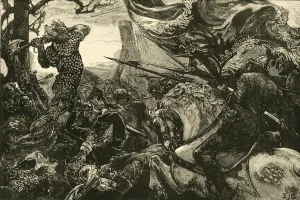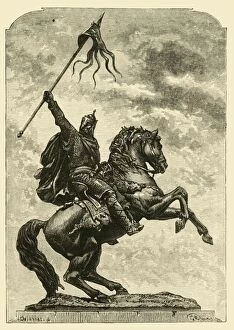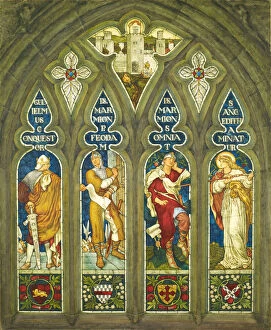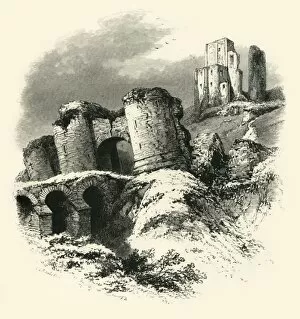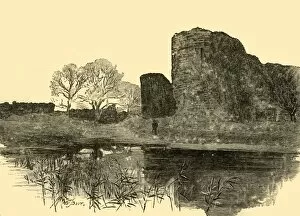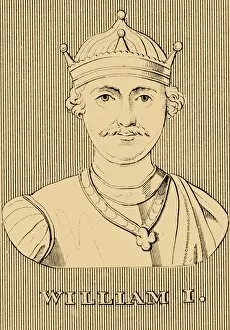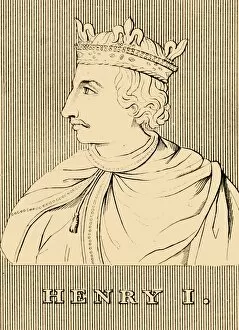William I King Of England Collection
"William I: The Conqueror Who Shaped England's Destiny" Step back in time to the Battle of Hastings, 1066, a pivotal moment in history
All Professionally Made to Order for Quick Shipping
"William I: The Conqueror Who Shaped England's Destiny" Step back in time to the Battle of Hastings, 1066, a pivotal moment in history. This captivating event forever changed the course of England under the reign of William I, also known as William the Conqueror. As we gaze upon an intriguing artwork from 1835 depicting this legendary battle, we can almost hear the clash of swords and feel the tension in the air. In another mesmerizing piece from 1890, Harold stands valiantly at the Battle of Hastings. His fate intertwined with that of William's as they fought for control over England's crown. A statue erected in Falaise in 1890 immortalizes this iconic figure who shaped medieval Europe. Moving forward to 1909, witness a historic moment as William presents a charter to Lord Marmion. This symbolic act solidified his authority and established his legacy as a ruler dedicated to governance and justice. Explore magnificent castles that bear witness to William's influence throughout England. Falaise Castle stands proud since its construction by Alfred Capel-Cure in 1856; Talbots Tower within its walls whispers tales of power and grandeur. Traveling further across time and space, Warwick Castle emerges before us like a majestic fortress frozen in time. Its imposing presence reminds us of William's indomitable spirit that resonates through centuries past. Corfe Castle transports us even deeper into history with its ancient ruins dating back centuries ago - remnants echoing stories untold but felt within every stone. Windsor Castle exudes regality as one gazes upon its splendorous architecture - it served not only as a residence for monarchs but also witnessed significant events during William's reign. As we journey through landscapes steeped in history, let us not forget "William the Conquerors Oak, " standing tall amidst nature’s embrace - an enduring symbol representing strength and resilience.





